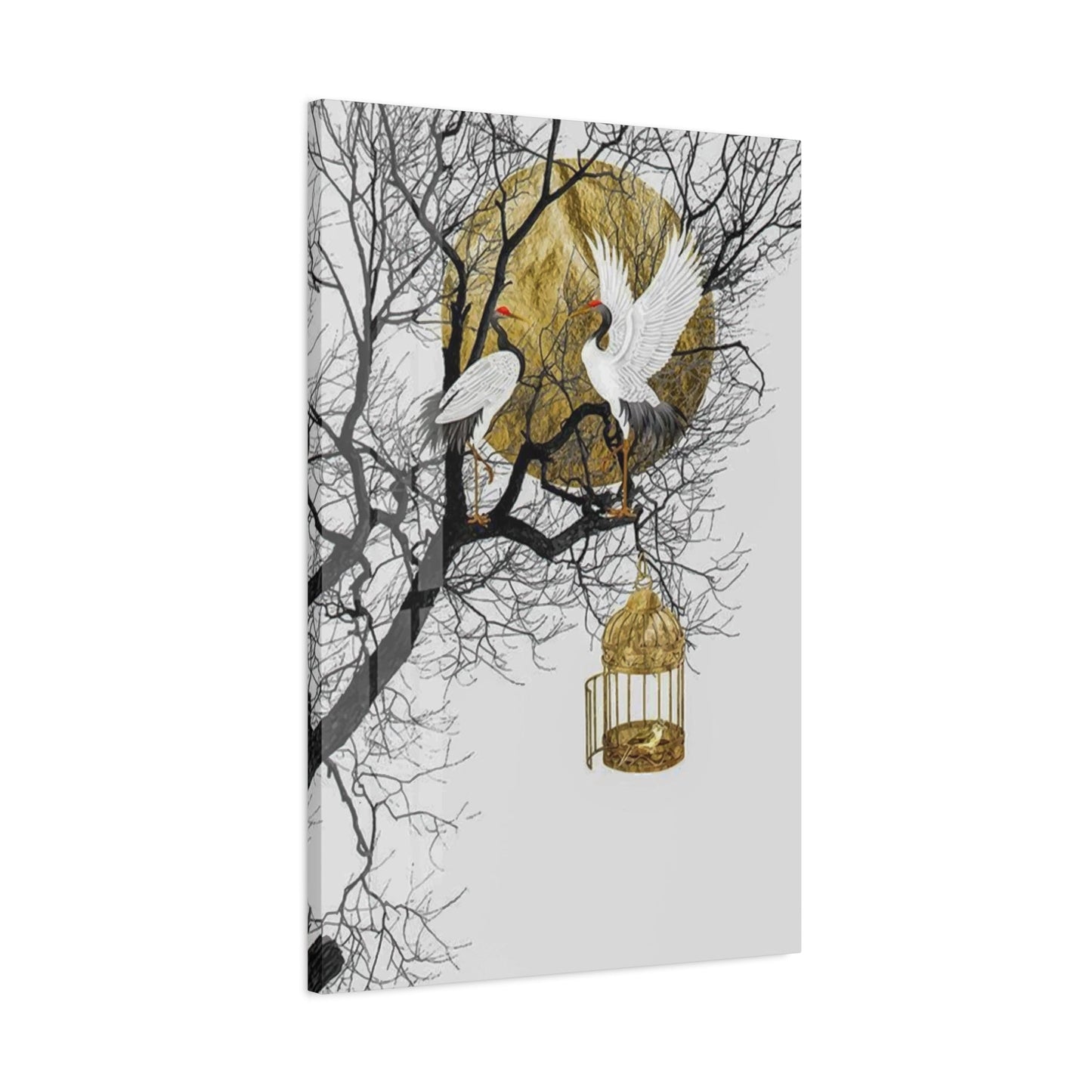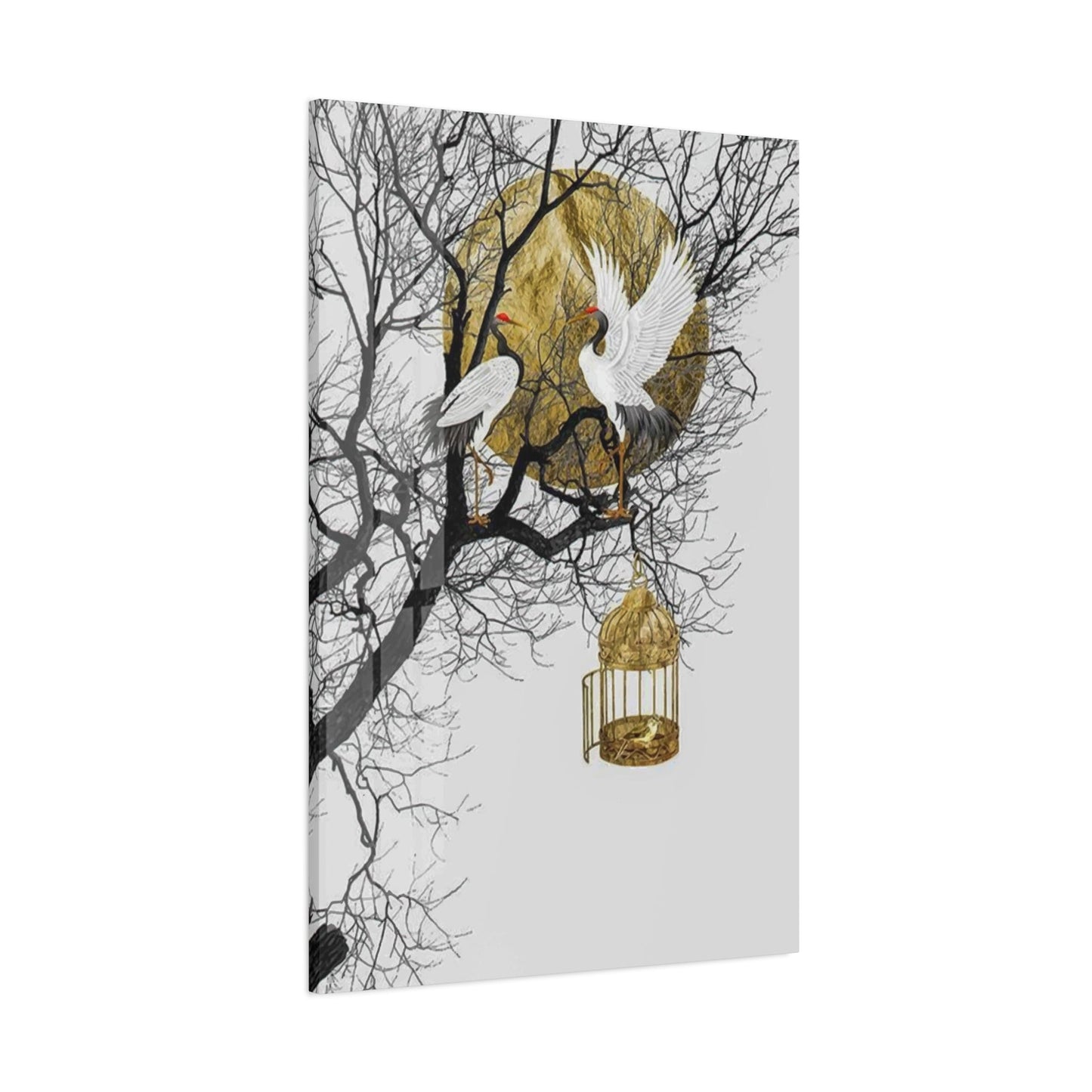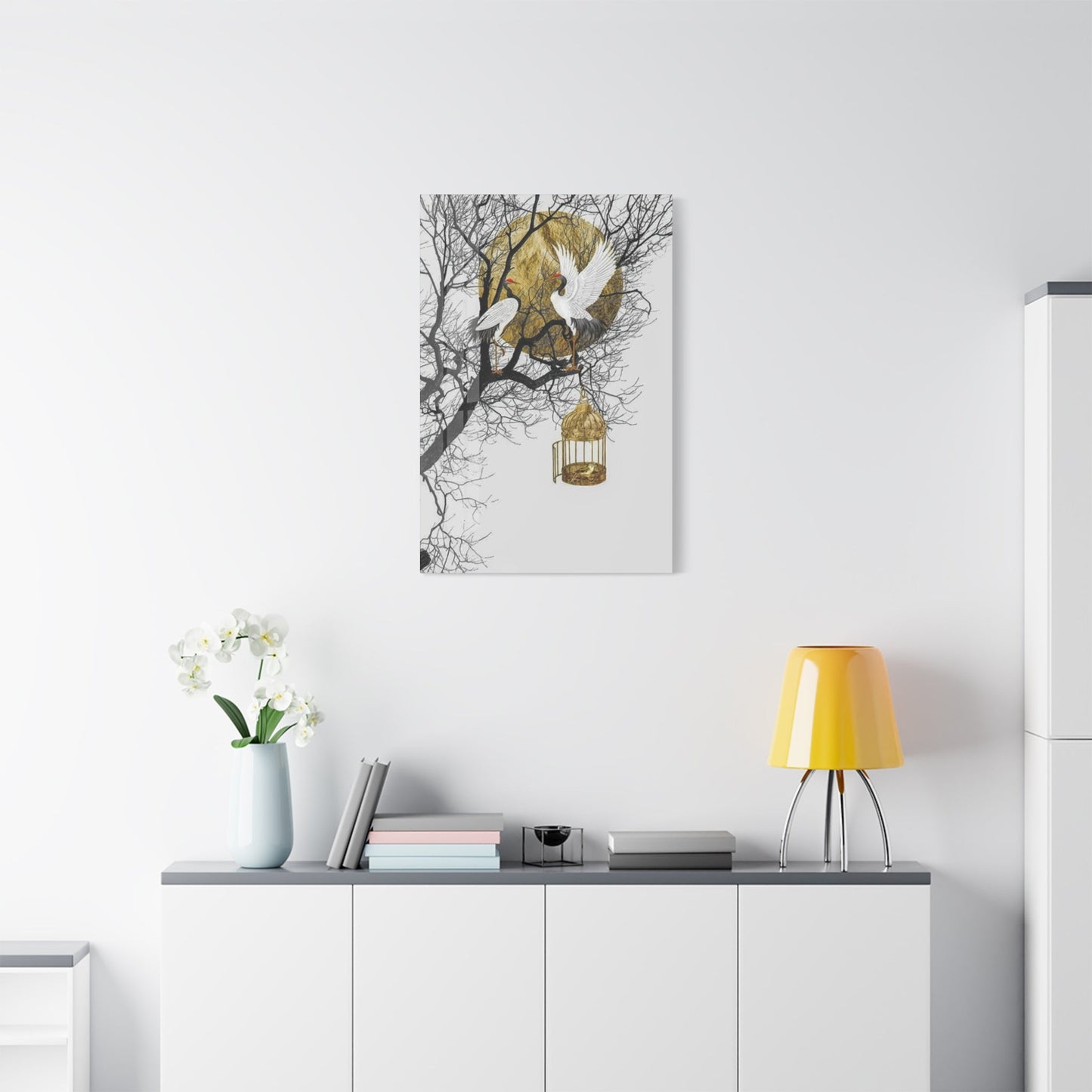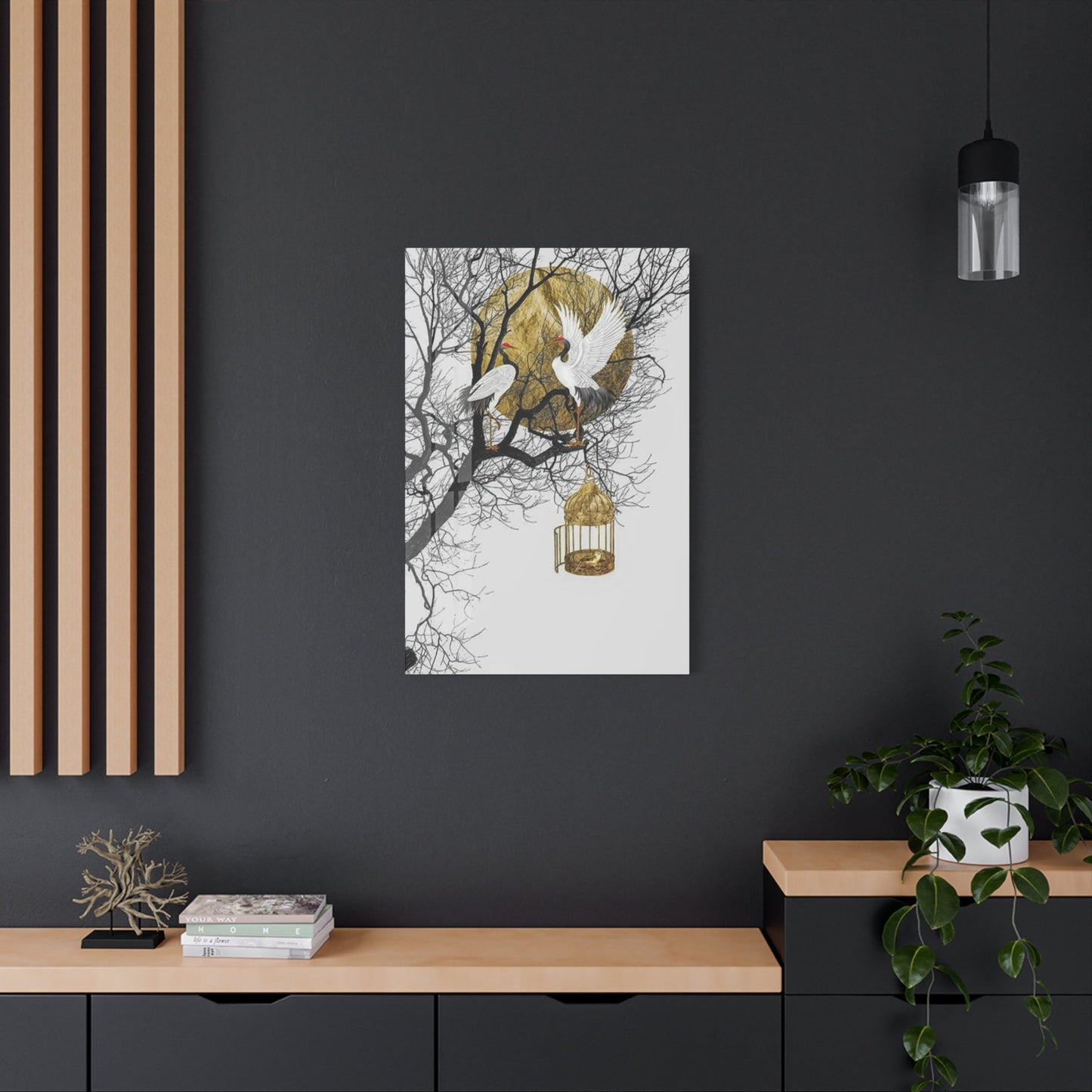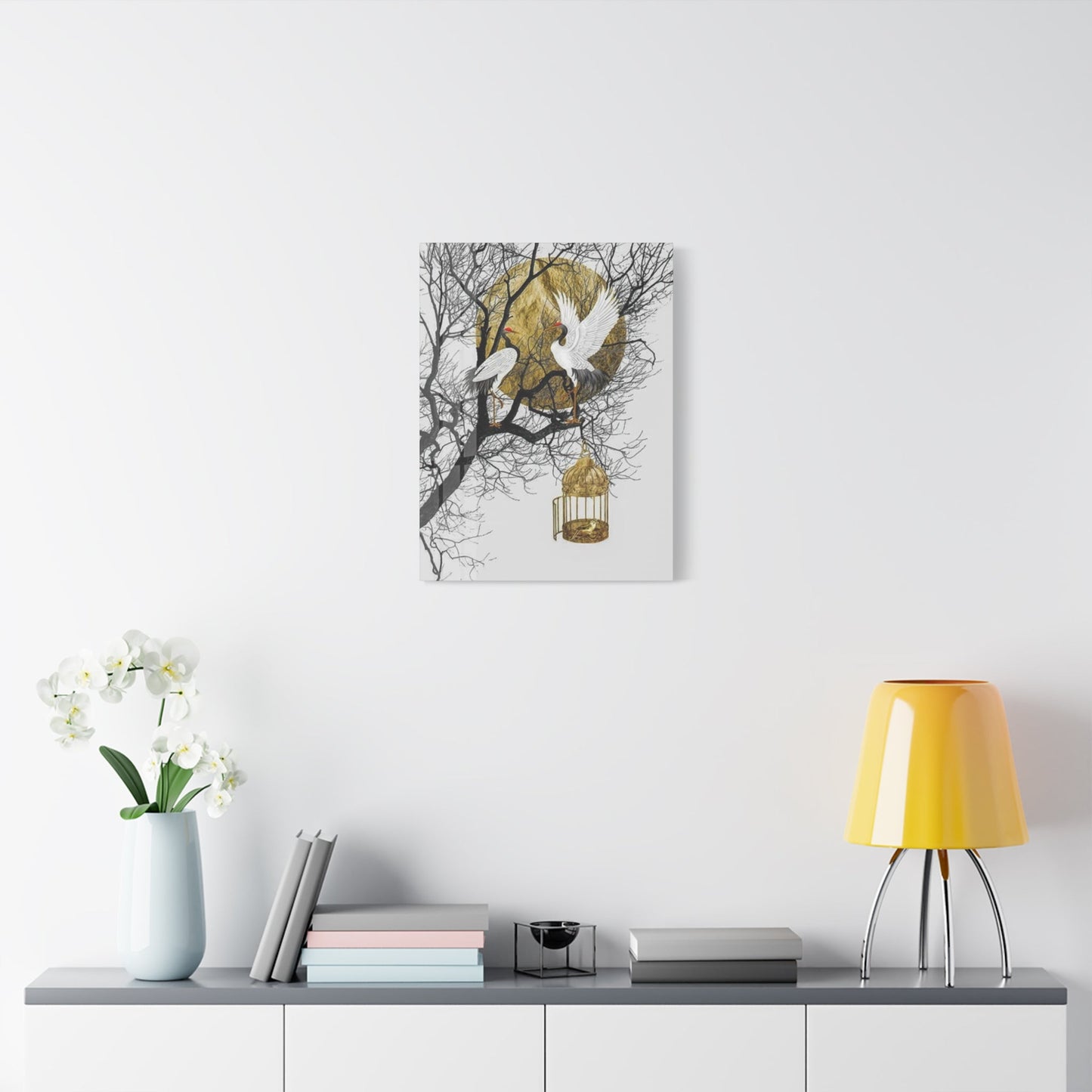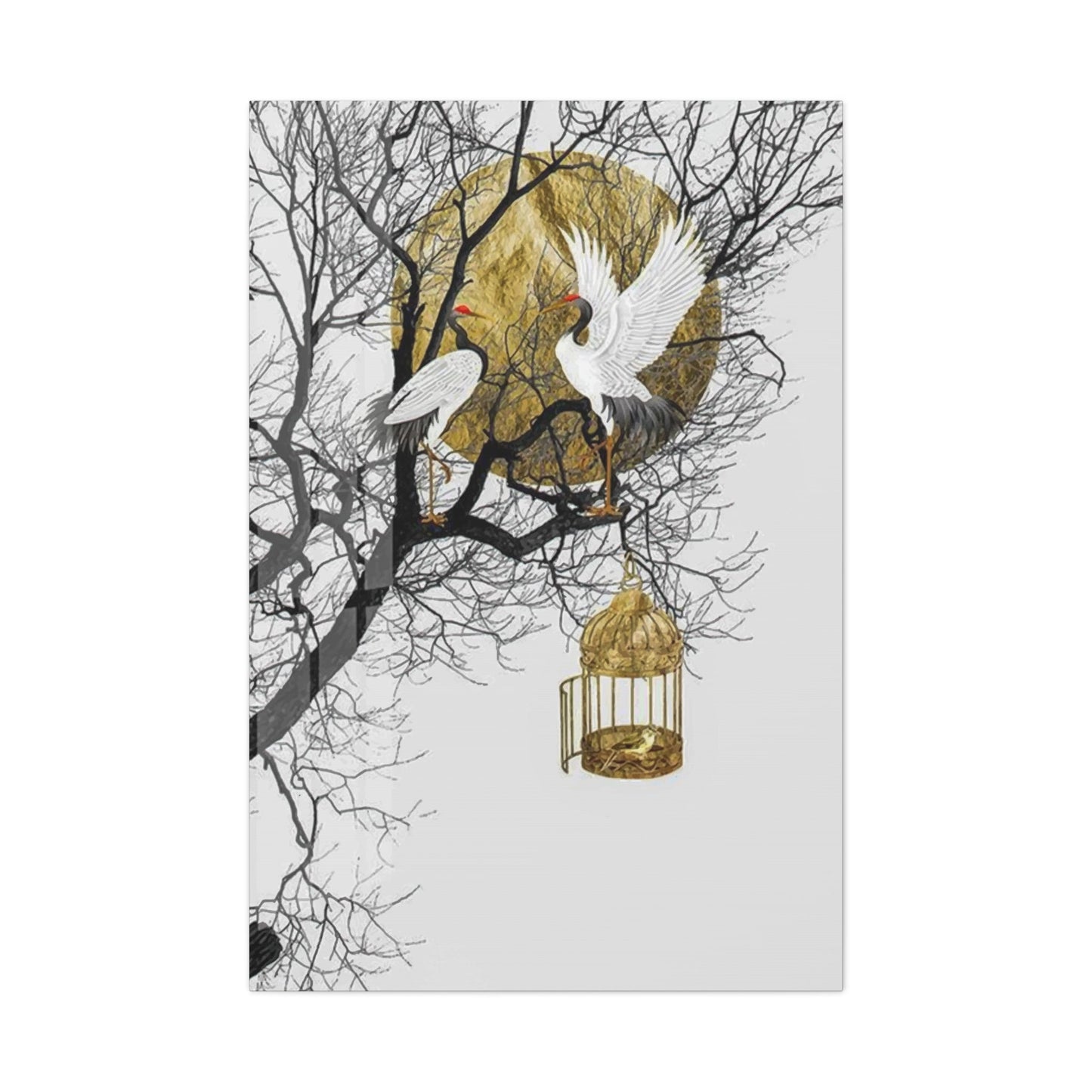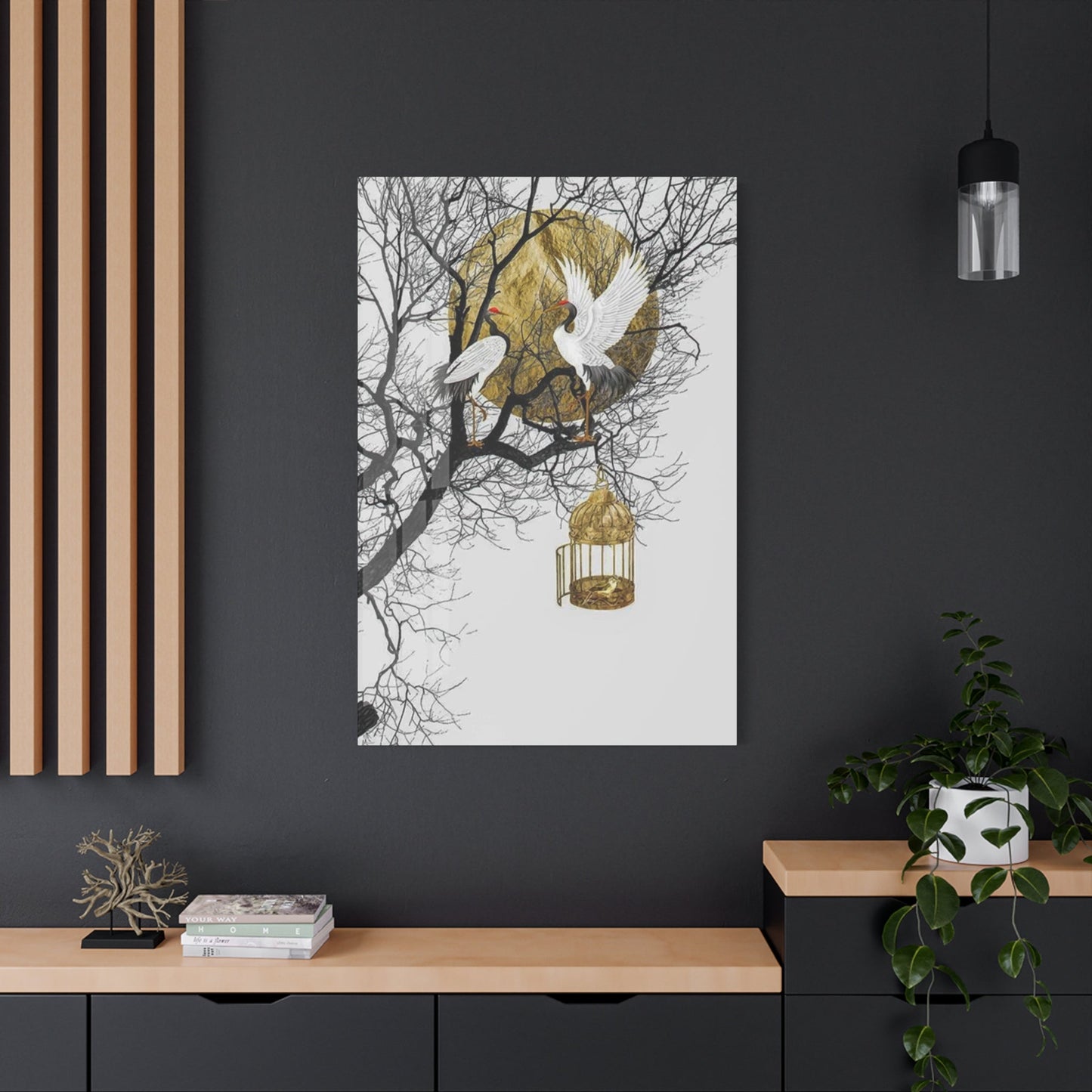Metallic Wall Art: Transform Your Space with Stunning Metal Décor
Metallic wall art represents a sophisticated fusion of industrial craftsmanship and aesthetic brilliance, transforming ordinary spaces into extraordinary environments. These remarkable decorative pieces harness the inherent beauty of various metals, creating visual masterpieces that capture light, shadow, and dimension in ways that traditional artwork simply cannot achieve. The lustrous surfaces of these creations reflect ambient illumination while casting intricate patterns across surrounding surfaces, establishing dynamic focal points that evolve throughout the day as lighting conditions change.
The allure of metal-based decorative elements stems from their ability to bridge the gap between contemporary minimalism and ornate sophistication. Whether crafted from gleaming stainless steel, warm copper, elegant bronze, or industrial aluminum, these artistic expressions possess an inherent durability that ensures longevity while maintaining their visual impact. The material properties of metals allow artisans to manipulate textures, create intricate patterns, and develop three-dimensional forms that would be impossible to achieve with conventional canvas or paper-based artwork.
Modern metallic wall art encompasses an extraordinary range of styles, from sleek geometric abstractions to organic flowing forms that mimic natural elements. The versatility of metal as a medium enables artists to explore various surface treatments, including brushed finishes, polished mirrors, oxidized patinas, and painted applications that enhance the underlying metallic substrate. These diverse finishing options allow homeowners and designers to select pieces that complement existing décor while adding distinctive character to any interior space.
The manufacturing process behind metallic wall art involves sophisticated machinery and skilled craftsmanship, resulting in pieces that showcase precision and attention to detail. Laser cutting, plasma cutting, and water-jet cutting processes enable the creation of intricate designs with remarkable accuracy, while traditional metalworking methods such as hammering, forming, and welding add handcrafted elements that speak to the artisan's skill and creativity.
Exploring Diverse Material Compositions and Their Unique Characteristics
Stainless steel stands as one of the most popular materials for metallic wall art, offering exceptional corrosion resistance and a brilliant reflective surface that complements modern and contemporary interior designs. This chromium-nickel alloy maintains its lustrous appearance without requiring extensive maintenance, making it ideal for both residential and commercial environments. The material's inherent strength allows for the creation of large-scale installations while supporting intricate cutout patterns that create mesmerizing shadow play effects.
Aluminum presents another compelling option for metal-based decorative elements, combining lightweight properties with excellent formability and corrosion resistance. This versatile material accepts various finishing processes, including anodizing, powder coating, and brushing, enabling artists to create pieces with diverse color palettes and surface textures. The material's affordability relative to other metals makes it accessible to a broader range of consumers while maintaining professional-quality appearance and durability.
Copper brings warmth and organic appeal to metallic wall art, with its distinctive reddish-brown hue that develops beautiful patina over time. This natural aging process creates unique color variations and surface textures that evolve continuously, ensuring that each piece becomes increasingly distinctive as it matures. The malleability of copper allows artisans to create flowing, sculptural forms that emphasize the material's natural beauty while incorporating traditional metalworking methods such as hammering and forming.
Bronze offers the rich, sophisticated appearance associated with classical sculpture and architectural elements, bringing timeless elegance to contemporary interior spaces. This copper-tin alloy develops distinctive patina effects that range from deep brown to vibrant green, depending on environmental conditions and surface treatments. The material's historical significance and artistic pedigree add cultural depth to decorative installations while providing exceptional durability and weather resistance.
Iron and steel enable the creation of bold, industrial-inspired metallic wall art that emphasizes strength and permanence. These materials readily accept various surface treatments, including rust inhibitors, paints, and protective coatings that preserve their appearance while adding color and texture variations. The magnetic properties of ferrous metals open unique mounting possibilities and interactive elements that distinguish these pieces from non-magnetic alternatives.
Precious metals such as gold, silver, and platinum represent the pinnacle of luxury in metallic wall art, offering unparalleled beauty and investment value. These materials require specialized handling and finishing processes but reward collectors with pieces that maintain their value while providing extraordinary visual impact. The rarity and intrinsic worth of precious metals make them suitable for exclusive installations and high-end commercial environments where prestige and exclusivity are paramount considerations.
Comprehensive Style Categories and Design Philosophies
Contemporary metallic wall art embraces clean lines, geometric forms, and minimalist aesthetics that complement modern interior design schemes. These pieces often feature laser-cut patterns, polished surfaces, and monochromatic color schemes that create sophisticated focal points without overwhelming existing décor elements. The emphasis on simplicity and functionality aligns with contemporary design principles while showcasing the inherent beauty of the metallic medium.
Abstract expressionist approaches to metal-based decorative art emphasize emotional impact and visual dynamism through bold forms, contrasting textures, and innovative material combinations. Artists working in this style often incorporate multiple metals, varied surface treatments, and three-dimensional elements that create complex visual narratives. The resulting pieces serve as conversation starters while adding intellectual depth to interior environments.
Nature-inspired metallic wall art draws inspiration from organic forms, botanical elements, and natural phenomena to create pieces that bring the outdoors inside. These designs often feature flowing lines, leaf patterns, tree silhouettes, and abstract representations of landscapes that connect interior spaces with the natural world. The inherent strength of metal allows for delicate, branch-like structures that would be impossible to achieve with other materials while maintaining long-term durability.
Industrial-style metallic wall art celebrates the raw beauty of manufacturing processes and mechanical forms, incorporating elements such as gears, pipes, and structural components into artistic compositions. These pieces often feature deliberately weathered finishes, exposed fasteners, and functional-looking elements that reference the industrial heritage of metalworking while serving purely decorative purposes. The style appeals to those who appreciate the intersection of form and function in artistic expression.
Cultural and ethnic motifs find expression in metallic wall art through traditional patterns, symbolic elements, and historical references that celebrate diverse artistic heritage. These pieces often incorporate intricate cutwork, raised relief elements, and surface decorations that reflect specific cultural traditions while adapting to contemporary interior environments. The durability of metal ensures that these cultural expressions remain vibrant and meaningful for generations.
Religious and spiritual themes appear frequently in metallic wall art, utilizing the symbolic significance of metal in various faith traditions while creating pieces suitable for meditation spaces, places of worship, and personal reflection areas. The reflective properties of polished metals enhance the contemplative qualities of these pieces while their permanence symbolizes eternal values and beliefs.
Dimensional Variations and Spatial Considerations
Large-scale metallic wall art installations create dramatic focal points that can transform entire rooms while serving as primary design elements around which other décor choices revolve. These substantial pieces require careful planning regarding wall strength, mounting systems, and proportional relationships with surrounding furniture and architectural elements. The visual weight of large metal pieces must be balanced with other room elements to maintain harmonious compositions.
Medium-sized metallic wall art pieces offer versatility in placement and styling, functioning effectively as individual statements or as components of larger gallery wall arrangements. These pieces provide sufficient visual impact to serve as room anchors while maintaining flexibility for future repositioning or style changes. The intermediate scale makes them suitable for most residential and commercial environments without requiring specialized mounting considerations.
Small metallic wall art elements excel in creating layered compositions, accent points, and intimate decorative details that add refinement to specific areas. These pieces work effectively in groupings, allowing for creative arrangements that can evolve over time as collections grow or design preferences change. Their modest scale makes them accessible to collectors with varying space constraints and preferences.
Three-dimensional metallic wall sculptures extend beyond traditional flat wall art to create dramatic shadow effects and architectural interest. These pieces often incorporate multiple layers, projecting elements, and varying depths that create complex visual experiences as viewers move through the space. The sculptural qualities add tactile interest and dimensional variety to wall surfaces.
Modular metallic wall art systems allow for customizable arrangements that can adapt to changing space requirements and design preferences. These systems often feature interlocking elements, magnetic connections, or standardized mounting systems that enable reconfiguration without requiring new mounting hardware or wall modifications. The flexibility appeals to those who enjoy experimenting with different arrangements and compositions.
Color Theory and Finish Variations in Metal Décor
Natural metallic finishes celebrate the inherent beauty of raw materials, showcasing the unique characteristics of different metals without artificial color additions. Polished finishes create mirror-like surfaces that maximize light reflection and visual brightness, while brushed finishes provide subtle texture and reduced glare. Matte finishes eliminate reflective properties while emphasizing form and proportion through consistent surface appearance.
Patinated finishes introduce controlled oxidation and chemical treatments that create distinctive color variations and surface textures. These processes can produce everything from subtle color shifts to dramatic rainbow effects, depending on the base metal and treatment methods employed. The unpredictable nature of some patination processes ensures that each piece possesses unique characteristics that cannot be exactly replicated.
Painted metallic wall art combines the structural properties of metal substrates with unlimited color possibilities through powder coating, liquid paint, or specialty finishing systems. These treatments can create solid colors, gradients, patterns, or textures while maintaining the dimensional qualities and durability advantages of metal construction. The combination of metal strength and color flexibility opens extensive design possibilities.
Textured metallic finishes incorporate physical surface variations that create tactile interest and visual complexity through the interplay of light and shadow across irregular surfaces. Hammered textures, embossed patterns, and mechanically applied surface treatments add depth and visual richness while maintaining the essential metallic character of the base material.
Mixed-media metallic wall art incorporates non-metallic elements such as wood, glass, stone, or fabric to create complex compositions that balance the industrial character of metal with warmer, more organic materials. These combinations often highlight the unique properties of each material while creating visual tension and interest through contrasting textures, colors, and reflective properties.
Room-Specific Placement Strategies and Design Integration
Living room metallic wall art serves as a primary focal point that establishes the overall aesthetic direction for the entire space. Large-scale pieces positioned above seating areas create dramatic backdrops for conversation areas while smaller pieces can accent architectural features or create gallery wall compositions. The reflective properties of metallic surfaces help distribute natural and artificial light throughout the room while adding sophistication and visual interest.
Bedroom metallic wall art requires careful consideration of reflective properties and visual weight to maintain the serene atmosphere essential for rest and relaxation. Matte finishes and organic forms often work better than highly polished or angular pieces that might create visual tension. Positioning pieces away from direct sight lines from the bed ensures they enhance rather than dominate the sleeping environment.
Kitchen metallic wall art must withstand elevated temperatures, humidity levels, and potential splashing while complementing the functional nature of culinary spaces. Stainless steel pieces naturally harmonize with commercial-grade appliances while copper elements can warm up stark modern kitchens. Easy-to-clean surfaces and grease-resistant finishes become practical considerations alongside aesthetic concerns.
Bathroom metallic wall art faces unique challenges from humidity, temperature fluctuations, and cleaning chemical exposure. Materials must resist corrosion and maintain their appearance despite challenging environmental conditions. Properly finished pieces can add luxury and sophistication to bathroom environments while withstanding the demanding conditions inherent in these spaces.
Office and workspace metallic wall art should support productivity and professional atmospheres while reflecting corporate culture and values. Geometric abstractions and contemporary designs often work well in professional environments, while avoiding pieces that might prove distracting or overly personal. The durability of metallic pieces makes them suitable for high-traffic commercial environments where maintenance and longevity are important considerations.
Dining room metallic wall art should complement the social nature of shared meals while avoiding pieces that might interfere with conversation or food service. The reflective properties of metallic surfaces can enhance candlelight and create romantic atmospheres for intimate dinners while maintaining appropriate scale relationships with dining furniture and table settings.
Mounting Systems and Structural Considerations
Professional mounting systems for metallic wall art must account for the substantial weight of metal pieces while ensuring secure attachment to various wall types. Hollow walls require appropriate fasteners and possible reinforcement to support heavy installations, while masonry walls demand specialized hardware and drilling processes. The mounting system design should distribute weight evenly while remaining invisible to viewers.
French cleat systems provide excellent support for medium to large metallic wall art pieces while enabling easy repositioning and leveling adjustments. These systems feature interlocking wooden or metal strips that create secure connections while allowing some flexibility in final positioning. The system works particularly well for pieces that may require periodic removal for cleaning or repositioning.
Magnetic mounting systems take advantage of ferrous metal properties to create invisible connections that maintain clean aesthetic lines. High-strength rare earth magnets can support considerable weight while enabling easy installation and removal. These systems work particularly well for modular installations and pieces that may require frequent repositioning.
Direct mounting through the artwork itself requires careful planning to ensure mounting points remain concealed while providing adequate support. Hidden fasteners, countersunk screws, and internal reinforcement structures maintain clean sight lines while ensuring secure attachment. This approach works best for custom pieces designed with mounting considerations integrated into the artistic concept.
Suspension systems using aircraft cable or decorative chains create floating effects that emphasize the three-dimensional qualities of metallic wall art. These systems require ceiling attachment points and careful engineering to ensure safety while creating dramatic presentation effects. The visible suspension elements can become part of the overall artistic composition when properly integrated.
Gallery rail systems provide maximum flexibility for changing displays and repositioning pieces without wall damage. These systems feature continuous mounting rails that support adjustable hanging hardware, enabling easy reconfiguration of multiple pieces. The approach works particularly well for collectors who frequently change their displays or add new pieces to existing arrangements.
Maintenance Protocols and Preservation Methods
Cleaning metallic wall art requires understanding the specific properties and finish characteristics of different metals to avoid damage while maintaining optimal appearance. Polished surfaces demand different cleaning approaches than textured or matte finishes, while painted surfaces require gentler treatment than raw metal substrates. Establishing regular cleaning schedules prevents buildup of dust, fingerprints, and environmental contaminants.
Stainless steel surfaces maintain their appearance with regular cleaning using appropriate commercial cleaners or mild soap solutions applied with soft cloths or microfiber materials. Polishing compounds can restore luster to dulled surfaces while directional buffing maintains consistent grain patterns on brushed finishes. Avoiding abrasive cleaners and steel wool prevents permanent surface damage that compromises appearance and corrosion resistance.
Copper and bronze pieces require specialized care to manage patination processes and preserve desired surface appearances. Some collectors prefer natural aging while others maintain original finishes through protective coatings and regular cleaning. Understanding the difference between desirable patina and harmful corrosion enables appropriate preservation decisions that enhance rather than compromise the artistic value.
Painted metallic wall art benefits from gentle cleaning with appropriate products that maintain color vibrancy and surface integrity. Harsh chemicals and abrasive cleaning methods can damage paint systems while improper cleaning processes may create uneven wear patterns that compromise overall appearance. Regular dusting and occasional gentle washing preserve finish quality and extend service life.
Environmental factors such as humidity, temperature fluctuations, and air quality significantly impact the long-term condition of metallic wall art. Controlling these factors through appropriate climate control and air filtration systems minimizes corrosion potential and preserves surface finishes. Indoor environments generally provide better preservation conditions than outdoor installations exposed to weather and UV radiation.
Protective coatings and sealers can extend the service life of metallic wall art while maintaining original appearance characteristics. Clear protective films, wax coatings, and chemical sealers provide barriers against environmental contaminants while allowing the underlying metal beauty to remain visible. Professional restoration services can renew protective systems and repair minor damage when necessary.
Design Integration with Various Interior Styles
Modern interior design seamlessly incorporates metallic wall art through clean lines, geometric forms, and sophisticated material combinations that emphasize functionality alongside aesthetic appeal. Contemporary pieces complement minimalist furniture selections while adding visual interest through reflective surfaces and dimensional variation. The industrial character of metal harmonizes with modern design principles that celebrate material honesty and functional beauty.
Traditional interior spaces can successfully incorporate metallic wall art through careful selection of pieces that complement rather than conflict with established design elements. Bronze and copper pieces often integrate more naturally with traditional settings than stark stainless steel alternatives, while ornate metalwork can echo historical design motifs. The key lies in selecting pieces that enhance rather than dominate existing décor elements.
Rustic and farmhouse interior designs benefit from metallic wall art that emphasizes craftsmanship and natural material beauty. Hand-forged pieces, weathered finishes, and organic forms complement wood, stone, and natural textile elements common in rustic settings. The contrast between refined metalwork and rustic surroundings creates engaging visual tension while maintaining overall design coherence.
Industrial interior design naturally incorporates metallic wall art as both aesthetic and functional elements that celebrate manufacturing heritage and material honesty. Raw steel finishes, mechanical forms, and structural elements serve as artistic statements while reinforcing the overall design theme. Exposed mounting systems and utilitarian hardware become integral parts of the artistic presentation.
Scandinavian design principles embrace metallic wall art that emphasizes simplicity, functionality, and natural material beauty while avoiding unnecessary ornamentation. Clean lines, muted finishes, and organic forms align with Nordic design sensibilities while adding sophistication and visual interest. The reflective properties of metallic surfaces help maximize limited natural light common in northern climates.
Mediterranean design aesthetics incorporate metallic wall art that reflects cultural traditions and regional material availability. Iron and bronze pieces with traditional motifs and surface treatments complement warm color palettes and natural material selections typical of Mediterranean interiors. The durability of metal suits the practical requirements of coastal environments while providing lasting beauty.
Cultural Significance and Artistic Heritage
Metalworking traditions span millennia across diverse cultures, each contributing unique approaches and aesthetic sensibilities to contemporary metallic wall art. Ancient Celtic metalwork influences modern pieces through intricate knotwork patterns and symbolic elements that connect contemporary spaces with historical traditions. The continuity of metalworking skills and artistic sensibilities creates cultural bridges that enrich modern interior environments.
Asian metalworking traditions contribute precision, harmony, and philosophical depth to contemporary metallic wall art through design principles that emphasize balance, natural inspiration, and spiritual significance. Japanese approaches to metalworking celebrate material purity and essential forms while Chinese traditions incorporate symbolic elements and cultural narratives that add meaning and depth to decorative installations.
African metalworking heritage influences contemporary pieces through bold geometric patterns, symbolic representations, and traditional forming methods that celebrate cultural identity and artistic heritage. The incorporation of traditional motifs and methods into modern production processes creates pieces that honor cultural traditions while serving contemporary design requirements.
European metalworking traditions from the medieval period through the industrial revolution provide rich inspiration for contemporary metallic wall art through sophisticated craftsmanship, ornate decorative elements, and architectural influences. Gothic, Renaissance, and Art Nouveau design elements find expression in modern pieces that adapt historical aesthetics to contemporary interior requirements.
Indigenous metalworking traditions worldwide contribute unique perspectives and artistic approaches that emphasize connection with natural materials and spiritual significance. These influences add depth and meaning to contemporary pieces while celebrating diverse cultural expressions and traditional knowledge systems. The integration of indigenous design elements creates pieces with cultural significance that extends beyond mere decoration.
Contemporary artists working in metallic wall art continue evolving traditions while pushing boundaries through innovative methods, new material combinations, and fresh aesthetic approaches. The dialogue between traditional craftsmanship and modern production methods creates opportunities for artistic expression that honors heritage while embracing contemporary possibilities.
Environmental Considerations and Sustainability
Sustainable metallic wall art production increasingly emphasizes recycled material utilization, energy-efficient manufacturing processes, and minimal environmental impact throughout the product lifecycle. Recycled metals maintain their inherent properties while reducing the need for virgin material extraction and processing. Many manufacturers now offer pieces created entirely from post-consumer and post-industrial recycled content without compromising quality or appearance.
Local sourcing of materials and production services reduces transportation impacts while supporting regional artisans and manufacturers. Local production also enables greater customization possibilities and direct communication with craftspeople who understand specific design requirements and preferences. The reduced carbon footprint of local production aligns with environmentally conscious consumer preferences.
Durability and longevity represent inherent sustainability advantages of metallic wall art, as quality pieces can last for decades or centuries with proper care and maintenance. This extended service life amortizes environmental impacts over longer periods while reducing the need for frequent replacement. The timeless appeal of well-designed metallic pieces ensures they remain relevant despite changing design trends.
End-of-life recycling potential makes metallic wall art environmentally responsible choices for conscious consumers. Unlike many decorative materials, metals retain their value and utility through recycling processes that can reclaim nearly 100% of the original material content. This closed-loop potential minimizes waste generation while supporting circular economy principles.
Energy-efficient manufacturing processes increasingly characterize modern metallic wall art production as manufacturers adopt renewable energy sources and optimize production methods. Laser cutting, water-jet cutting, and other precision manufacturing methods minimize material waste while reducing energy consumption compared to traditional manufacturing approaches.
Packaging and shipping considerations impact the overall environmental footprint of metallic wall art, with responsible manufacturers adopting minimal packaging, recyclable materials, and efficient shipping methods. Direct-to-consumer sales models can eliminate intermediate handling and storage requirements while reducing packaging needs.
Economic Factors and Value Propositions
Investment potential of metallic wall art varies significantly based on artistic merit, material content, craftsmanship quality, and market demand for specific artists or styles. Pieces created by recognized artists or limited-edition productions may appreciate over time while mass-produced items typically focus on immediate aesthetic value rather than investment potential. Understanding these distinctions helps buyers make informed decisions aligned with their priorities.
Cost factors in metallic wall art include material content, manufacturing complexity, artistic reputation, and market positioning. Precious metal content significantly impacts pricing while labor-intensive hand craftsmanship commands premium pricing compared to machine-produced alternatives. Size, complexity, and finish quality also influence final costs, with custom pieces typically commanding higher prices than stock selections.
Value engineering approaches to metallic wall art selection consider factors such as durability, maintenance requirements, and long-term satisfaction alongside initial purchase costs. Higher-quality pieces with superior materials and construction may justify premium pricing through extended service life and reduced maintenance costs. The analysis should include both tangible and intangible benefits when evaluating value propositions.
Market trends in metallic wall art pricing reflect broader economic conditions, raw material costs, and consumer preferences for specific styles or materials. Precious metal content creates direct correlation with commodity prices while artistic labor costs reflect regional economic conditions and artisan availability. Understanding these factors helps buyers time purchases and select pieces likely to maintain their value.
Financing options for significant metallic wall art purchases include traditional installment plans, art-specific lending programs, and lease-to-own arrangements that make higher-value pieces accessible to broader consumer markets. Some galleries and dealers offer payment plans that spread costs over extended periods while others provide upgrade programs that allow trade-ins toward more substantial pieces.
Insurance considerations for valuable metallic wall art include coverage for theft, damage, and appreciation in value over time. Specialized art insurance policies may provide better coverage than standard homeowner's insurance for significant pieces while professional appraisals establish documented values for insurance and estate planning purposes.
Lighting Strategies and Visual Enhancement
Natural lighting interaction with metallic wall art creates dynamic visual experiences that change throughout the day as sun angles and intensity levels vary. Strategic positioning relative to windows and skylights can maximize these effects while considering potential UV exposure that might affect certain finishes over time. The reflective properties of metallic surfaces can help distribute natural light throughout interior spaces.
Artificial lighting design for metallic wall art requires careful consideration of light source position, intensity, and color temperature to optimize visual impact while minimizing glare and unwanted reflections. Track lighting systems provide flexibility for adjusting light positions and angles while recessed fixtures create clean sight lines that emphasize the artwork rather than the lighting system itself.
LED lighting technology offers numerous advantages for illuminating metallic wall art including precise color control, minimal heat generation, and exceptional energy efficiency. The ability to adjust color temperature and intensity enables customization for different times of day and occasions while reducing maintenance requirements associated with traditional lighting systems.
Accent lighting strategies can emphasize specific design elements within metallic wall art pieces while creating dramatic shadow effects that enhance dimensional qualities. Grazing light across textured surfaces reveals surface variations and adds visual depth while backlighting can create silhouette effects with openwork designs.
Color temperature selection significantly impacts the appearance of different metal finishes, with warm light enhancing copper and bronze pieces while cooler temperatures better complement stainless steel and aluminum installations. Tunable LED systems enable adjustment of color temperature to optimize appearance for different occasions and preferences.
Light control systems including dimmers, timers, and automated controls enable customization of lighting effects while reducing energy consumption during periods when full illumination is unnecessary. Smart home integration allows remote control and programming of lighting scenes that complement daily routines and special occasions.
Seasonal Considerations and Adaptive Displays
Seasonal decoration strategies can incorporate metallic wall art as permanent backdrop elements that complement changing seasonal décor without requiring removal or replacement. The neutral character of many metallic finishes provides versatile foundations that work with various color schemes and decorative themes throughout the year.
Holiday decoration integration allows metallic wall art to serve as sophisticated alternatives to traditional holiday decorations while maintaining elegant appearance that suits adult preferences. Subtle seasonal accents can be added through lighting changes, temporary decorative elements, or strategic positioning of seasonal accessories that complement rather than compete with the metallic pieces.
Climate-related considerations affect both the condition and appearance of metallic wall art as heating and air conditioning systems create temperature and humidity fluctuations throughout the year. Understanding these cycles enables appropriate maintenance scheduling and preservation measures that account for seasonal environmental changes.
Outdoor seasonal exposure affects metallic wall art installed in covered outdoor areas such as porches, patios, and gazebos where pieces may experience greater temperature ranges and humidity levels than indoor installations. Appropriate material selection and surface treatments become critical for maintaining appearance and structural integrity.
Seasonal cleaning and maintenance schedules should account for environmental factors such as pollen, dust, and humidity levels that vary throughout the year. Spring cleaning routines might emphasize removal of winter accumulations while fall maintenance focuses on preparation for heating season and reduced ventilation periods.
Storage considerations for seasonal metallic wall art pieces require appropriate environmental controls and protective measures to prevent corrosion and damage during off-display periods. Climate-controlled storage areas and protective wrapping materials help preserve pieces between seasonal installations.
Psychological Impact and Emotional Responses
Color psychology principles apply to metallic wall art through the inherent characteristics of different metals and their associated emotional responses. Warm metals such as copper and bronze tend to create comfortable, welcoming atmospheres while cooler metals like stainless steel and aluminum can project sophistication and professionalism. Understanding these associations helps in selecting pieces appropriate for specific emotional environments.
Spatial perception effects from metallic wall art include the ability of reflective surfaces to visually expand apparent room size while creating dynamic light patterns that add movement and energy to static spaces. Large metallic pieces can create focal points that draw attention and establish spatial hierarchies within rooms while smaller pieces add subtle interest and refinement.
Stress reduction benefits of metallic wall art may result from the contemplative qualities of reflective surfaces and the natural patterns often incorporated into artistic designs. The durability and permanence of metallic pieces can provide psychological comfort through their suggestion of stability and enduring beauty in rapidly changing environments.
Cultural associations with metallic materials influence emotional responses based on personal and cultural experiences. The prestige associated with precious metals, the industrial strength suggested by steel, and the warmth of copper all contribute to emotional reactions that extend beyond purely aesthetic considerations.
Biophilic design principles find expression in metallic wall art through nature-inspired forms and patterns that connect interior spaces with natural environments. Tree branches, leaf patterns, and organic flowing forms can satisfy psychological needs for natural connection while providing the durability and low maintenance advantages of metallic materials.
Personal expression through metallic wall art selection enables individuals to communicate their aesthetic preferences, values, and personality characteristics through their interior design choices. The wide variety of styles, materials, and scales available ensures that most people can find pieces that resonate with their personal aesthetic sensibilities.
Customization Possibilities and Personalization Options
Custom metallic wall art commissioning enables clients to collaborate with artists and craftspeople to create unique pieces tailored to specific spatial requirements, aesthetic preferences, and personal significance. The process typically involves initial consultations, design development phases, material selection, and production monitoring to ensure final pieces meet client expectations.
Size customization options accommodate specific architectural features, furniture arrangements, and spatial constraints that standard-sized pieces might not address effectively. Custom sizing enables optimal proportional relationships while maximizing visual impact within available space. Many manufacturers offer size modification services for existing designs as alternatives to completely custom creations.
Material selection customization allows clients to specify particular metals, finishes, and surface treatments that complement existing décor or achieve specific aesthetic goals. The choice between different metals significantly impacts both appearance and cost while finish selections affect maintenance requirements and long-term appearance retention.
Design modification services enable adaptation of existing designs to better suit individual preferences or spatial requirements. These modifications might include scale adjustments, pattern variations, or color changes that personalize stock designs without requiring completely original creations. The approach provides customization benefits at lower costs than fully custom work.
Corporate branding integration opportunities allow businesses to incorporate logos, mission statements, or brand colors into metallic wall art installations that reinforce corporate identity while providing sophisticated decorative elements for professional environments. Custom corporate installations can serve multiple purposes including decoration, branding, and employee pride enhancement.
Memorial and commemorative metallic wall art pieces provide lasting tributes that combine artistic beauty with personal significance. These pieces might incorporate names, dates, quotes, or symbolic elements that honor individuals or commemorate important events while serving as permanent decorative elements that maintain their significance over time.
Safety Protocols and Risk Management
Mounting safety requirements for metallic wall art mandate careful attention to weight distribution, wall structural capacity, and hardware specifications that ensure secure installation without risk of failure. Professional installation services often provide liability coverage and expertise in assessing structural requirements for heavy installations.
Edge safety considerations address potential hazards from sharp corners, pointed projections, or rough edges that might cause injury during normal interaction with metallic wall art pieces. Professional finishing processes can eliminate dangerous edges while maintaining aesthetic integrity through appropriate radiusing, edge folding, or protective treatments.
Child safety protocols for homes with metallic wall art should consider mounting height, edge treatments, and potential climbing hazards that curious children might encounter. Pieces with small parts, sharp edges, or unstable mounting might require special precautions or alternative placement strategies in family environments.
Fire safety implications of metallic wall art generally favor metal materials over combustible alternatives, although mounting materials and adjacent combustible elements require consideration in fire safety planning. Metal pieces typically do not contribute to fire spread and may actually provide some protection for underlying wall surfaces.
Earthquake and seismic safety requirements in appropriate regions mandate special attention to mounting systems and structural attachment methods that can withstand lateral forces without failure. Flexible mounting systems and secure attachment to structural elements become critical in seismically active areas.
Electrical safety considerations apply to metallic wall art installations near electrical outlets, switches, or fixtures where conductive materials might create hazards. Proper grounding and isolation of metallic pieces from electrical systems prevent potential shock hazards while maintaining safe installation practices.
Market Analysis and Consumer Trends
Contemporary market trends in metallic wall art reflect broader interior design movements toward natural materials, sustainable production, and personalized living environments. Consumer preferences increasingly favor pieces that demonstrate craftsmanship, environmental responsibility, and unique character over mass-produced alternatives. The trend toward customization and personalization drives demand for custom and semi-custom offerings.
Price point analysis reveals significant variation across different market segments, from affordable mass-produced pieces suitable for entry-level consumers to high-end artistic creations that command premium pricing. The broad price range makes metallic wall art accessible to diverse consumer segments while providing opportunities for collectors to invest in more significant pieces over time.
Demographic preferences show distinct patterns across age groups, income levels, and lifestyle preferences. Younger consumers often prefer contemporary geometric designs and sustainable materials while older demographics may favor traditional motifs and premium materials. Urban consumers typically prefer sleeker, more contemporary pieces while rural customers often choose rustic or nature-inspired designs.
Regional variations in metallic wall art preferences reflect local climate conditions, architectural styles, and cultural influences. Coastal regions often favor corrosion-resistant materials and marine-inspired themes while mountain areas prefer rustic finishes and nature motifs. Regional preferences also influence acceptable price points and size preferences.
Online retail growth significantly impacts metallic wall art marketing and distribution, enabling smaller artisans to reach broader markets while providing consumers with greater selection and competitive pricing. Digital presentation challenges include accurately representing metallic finishes and dimensional qualities that are best appreciated in person.
Trade show and gallery influences continue shaping market trends through exposure to new artists, innovative methods, and emerging design directions. Industry events provide opportunities for networking between artists, manufacturers, and retailers while educating consumers about quality differences and emerging possibilities.
Production Methods and Manufacturing Processes
Laser cutting technology enables precise fabrication of intricate metallic wall art designs with minimal material waste and exceptional accuracy. Computer-controlled laser systems can process various metal thicknesses and types while creating complex patterns that would be difficult or impossible to achieve through traditional methods. The precision of laser cutting ensures consistent quality across production runs while enabling rapid prototyping of new designs.
Water-jet cutting provides alternatives for thicker materials and metals that may not respond well to laser cutting processes. This method uses high-pressure water mixed with abrasive particles to cut through metal with exceptional precision while avoiding heat-affected zones that might alter material properties. Water-jet cutting works particularly well for stainless steel and aluminum pieces requiring clean, precise edges.
Plasma cutting offers cost-effective solutions for larger pieces and thicker materials where precision requirements are less stringent than laser or water-jet processes. The process uses ionized gas to melt and remove material, creating cuts that may require additional finishing but provide economical processing for appropriate design applications.
Traditional metalworking methods including hammering, forming, bending, and welding continue playing important roles in creating metallic wall art that emphasizes handcrafted character and artisan skill. These processes enable creation of three-dimensional forms, textured surfaces, and unique pieces that demonstrate human creativity and craftsmanship rather than machine precision.
Finishing processes significantly impact both appearance and durability of metallic wall art pieces. Polishing, brushing, grinding, and surface treatment processes create desired surface characteristics while protective coatings and sealers preserve appearance and prevent corrosion. The sequence and quality of finishing operations often determine long-term satisfaction and maintenance requirements.
Quality control measures throughout production processes ensure consistency and defect elimination in metallic wall art manufacturing. Inspection protocols, material testing, and process verification help maintain standards while continuous improvement efforts enhance both quality and efficiency. Customer feedback integration enables refinement of processes based on real-world performance and satisfaction levels.
Conclusion
Metallic wall art offers a bold and sophisticated way to transform interior spaces, combining contemporary design with the tactile allure of metal materials. By incorporating elements such as polished steel, copper, bronze, or mixed-metal compositions, these artworks bring texture, depth, and visual intrigue to walls, creating environments that are both modern and timeless. Whether displayed in living rooms, offices, dining areas, or hallways, metallic wall art elevates interiors by adding a sense of luxury, refinement, and artistic craftsmanship.
The appeal of metallic wall art lies in its ability to balance strength with elegance. Artists and designers often play with form, light, and reflection, creating pieces that interact dynamically with their surroundings. The reflective qualities of metal catch and diffuse light, enhancing mood, creating visual movement, and emphasizing architectural features. Bold geometric shapes, abstract compositions, or sculptural designs allow these artworks to make a statement, while intricate textures and finishes provide subtle sophistication that draws the eye and invites closer inspection.
Beyond aesthetics, metallic wall art carries symbolic and emotional significance. Metals often represent durability, resilience, and prestige, which can translate into interiors that convey stability, confidence, and refined taste. Displaying metal art encourages mindfulness and appreciation of craftsmanship, while also reinforcing a modern, sophisticated ambiance that resonates in both residential and commercial spaces. Whether acting as a focal centerpiece or a complementary accent, each piece enhances the narrative and character of the room.
From a design perspective, metallic wall art is highly versatile. Large-scale panels or three-dimensional installations serve as commanding focal points, while smaller sculptures or metal prints provide elegant accents. The adaptability of metal finishes—from brushed, polished, or oxidized textures to matte or glossy surfaces—allows these artworks to harmonize with various interior styles, including industrial, contemporary, minimalist, and eclectic designs. The combination of reflective surfaces and dimensional form ensures visual interest while maintaining cohesion with furniture, lighting, and architectural elements.
Ultimately, metallic wall art is more than decorative—it is a celebration of material, artistry, and transformative design. By incorporating stunning metal décor into interiors, individuals can create walls that inspire, captivate, and convey both sophistication and modern elegance. Each piece turns ordinary spaces into extraordinary environments that showcase creativity, style, and the enduring appeal of metallic artistry.














